For many professionals and enthusiasts who spend long hours typing, the keyboard wrist rest is more than just an accessory—it’s a critical tool for maintaining comfort and preventing strain. However, one aspect often overlooked is the height of the wrist rest relative to the keyboard. Adjusting the height of your wrist rest can significantly impact typing ergonomics, reducing the risk of repetitive stress injuries and improving overall productivity. This article explores the importance of proper wrist rest height, how to measure and adjust it, and the long-term benefits of getting it right.
The Importance of Wrist Rest Height
An improperly positioned wrist rest can do more harm than good. If it’s too high, it may force your wrists into an unnatural upward bend, increasing pressure on the carpal tunnel. If it’s too low, your hands may droop, leading to unnecessary strain on the tendons and muscles. The ideal height ensures that your wrists remain in a neutral position—neither flexed upward nor bent downward—while your fingers naturally hover over the keys. This alignment minimizes tension and allows for smoother, more efficient typing.
Measuring the Correct Height
To determine the optimal height for your wrist rest, start by assessing your keyboard’s height. Most mechanical keyboards, for instance, have a slight incline due to their keycap design, while low-profile keyboards sit much flatter. Place your hands on the keyboard in your usual typing position and observe the angle of your wrists. The wrist rest should fill the gap between the desk and the base of your palms, ensuring that your wrists don’t sag or elevate unnaturally. Some ergonomic experts recommend a wrist rest that is level with the space bar or slightly below it, depending on your typing style.
Adjustable vs. Fixed-Height Wrist Rests
Not all wrist rests are created equal. Fixed-height models are common and often work well if they match your keyboard’s profile. However, adjustable wrist rests provide greater flexibility, allowing you to fine-tune the height to your exact needs. These may include modular designs with removable layers or inflatable options that let you customize the firmness and elevation. For users who switch between different keyboards or workstations, an adjustable wrist rest can be a worthwhile investment.
Material and Cushioning Considerations
The material of your wrist rest also plays a role in height adjustment. Memory foam conforms to your hands over time but may compress, subtly lowering the effective height. Gel-filled rests maintain their shape better but can feel too firm for some users. Hard plastic or wooden wrist rests offer minimal give but provide consistent elevation. When selecting a material, consider how it will interact with your keyboard’s height and your personal comfort preferences.
Long-Term Benefits of Proper Adjustment
Getting the height right isn’t just about immediate comfort—it’s about preventing long-term issues. Chronic wrist strain can lead to conditions like carpal tunnel syndrome or tendonitis, which may require medical intervention. A well-adjusted wrist rest promotes healthier typing habits, reducing fatigue and allowing for longer, more productive work sessions. Over time, this small adjustment can make a significant difference in both comfort and overall well-being.
Final Thoughts
While keyboard wrist rests are often an afterthought, their height is a crucial factor in ergonomic setup. Taking the time to measure, adjust, and possibly experiment with different styles can lead to a more comfortable and sustainable typing experience. Whether you opt for a fixed or adjustable model, prioritize a neutral wrist position to keep your hands healthy and your typing efficient. After all, the best accessories are the ones you don’t notice—because they’re working perfectly.

By /Aug 6, 2025

By /Aug 6, 2025

By /Aug 6, 2025
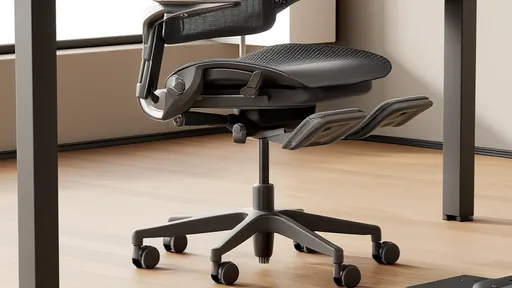
By /Aug 6, 2025

By /Aug 6, 2025

By /Aug 6, 2025

By /Aug 6, 2025

By /Aug 6, 2025
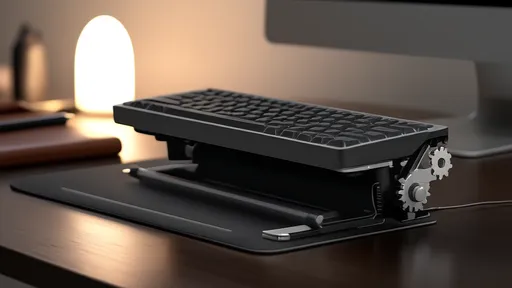
By /Aug 6, 2025

By /Aug 6, 2025

By /Aug 6, 2025

By /Aug 6, 2025
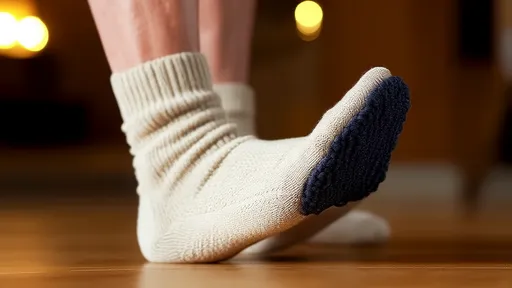
By /Aug 6, 2025
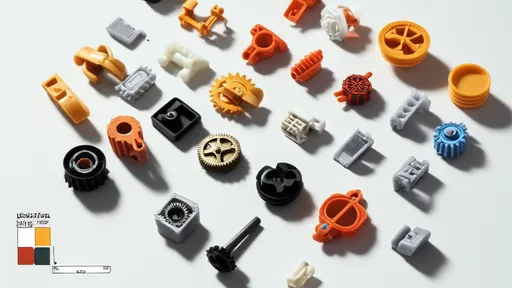
By /Aug 6, 2025

By /Aug 6, 2025
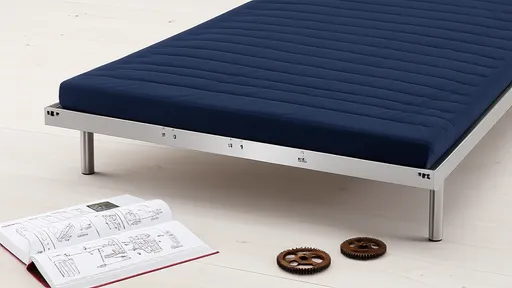
By /Aug 6, 2025
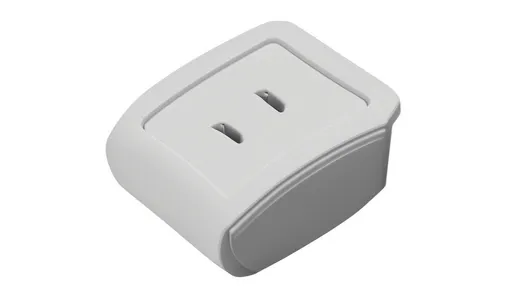
By /Aug 6, 2025

By /Aug 6, 2025

By /Aug 6, 2025

By /Aug 6, 2025